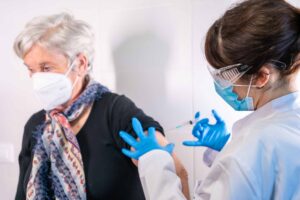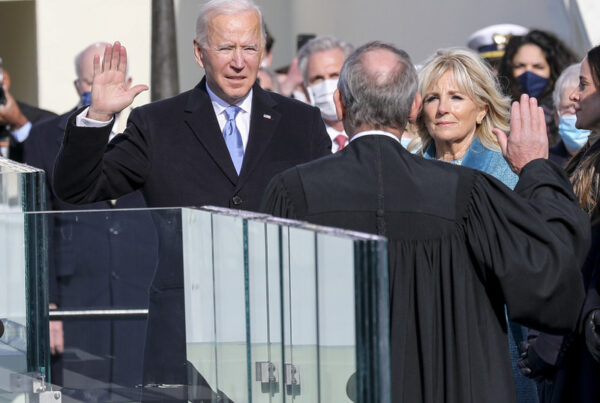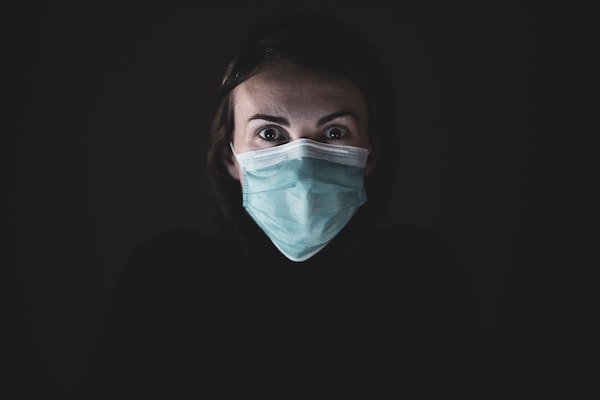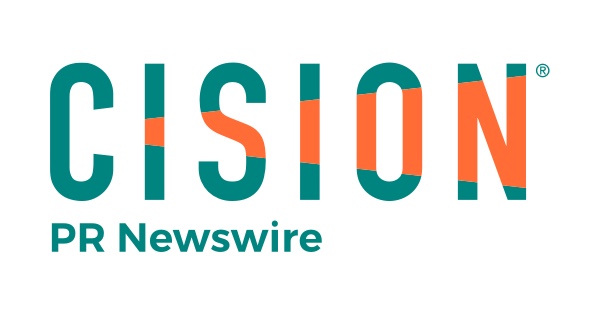In response to the Biden administration’s “national vaccine program,” Get Us PPE co-founders and executive directors Ram Bala, Shuhan He, and Megan L. Ranney detailed three key strategies to improve the efficacy of the vaccine distribution.
Their strategy emphasizes health equity, data collection, efficient distribution and calls for a centralized response that minimizes some of the logistical issues that have led to vaccine doses wasting away in storage. Through their collective experience working to equitably distribute personal protective equipment (PPE), the co-founders highlight some of the issues present in PPE distribution, what Get Us PPE did to circumvent these issues, and how the Biden administration can adapt our strategies to distribute the COVID-19 vaccine more efficiently.
Constructing Supply Chains for Equitable Vaccine Distribution
While some large, wealthy hospital systems have built their stockpiles of protective equipment, PPE shortages continue to afflict smaller, rural hospitals and non-hospital facilities like long-term care centers, low-cost and free clinics, and schools. In December, over 99% of Get Us PPE’s requests for PPE donations came from non-hospital facilities.
As constructed, the current marketplace does not support equitable distribution. While large hospitals can spend the big bucks on bulk PPE orders, smaller, low-cost facilities often lack the funding to scrap together minimal PPE coverage. This inequity stems from a lack of a centralized response to the nation’s PPE needs. Currently, states are competing to purchase PPE, which drives up the prices, leaving many without this essential equipment.
A similar scenario is playing out with the vaccine roll-out. States are leading the efforts to distribute vaccine doses, but these efforts are quashed by the states’ lack of funding and inability to centralize their distribution efforts. Some distribution efforts have favored the wealthy and those that can access the internet, leaving thousands of Americans behind. To counter these inadequacies, the Biden administration should emphasize health equity in its distribution plan.
Approaching Vaccine Distribution With a Data-Driven Approach
As Get Us PPE navigated its way through the ongoing PPE shortage crisis, we developed a Fair Distribution Algorithm to efficiently and equitably distribute donated PPE to front-line workers and under-resourced communities. We can fill less than 15% of PPE requests we receive, so we created the Fair Distribution Algorithm out of necessity to ensure the PPE we do have gets to the people who need it most.
Our algorithm is the first to apply recent innovations in matching software — similar to what Uber uses to match riders with drivers — to a crisis response scenario. It matches our supply of donated PPE with frontline facilities in need. In making these matches, it uses artificial intelligence to optimize both logistical efficiency, such as distance between the donated supply, and a potential recipient and health equity considerations, such as the community’s demographics in which the facility is located.
We believe that a similar approach needs to be applied to vaccine distribution.
Employing the Fair Distribution Algorithm, or a similar allocation algorithm, would prioritize vaccine distribution by location and need. A high-quality allocation algorithm would help public health officials determine which areas need more vaccines and which areas are not efficiently using the supplies already distributed. As our co-founders argue in their article, these algorithms should be battle-ready and transparent to ensure equity and efficiency are properly executed. But for an equitable distribution algorithm to function at full capacity, a large-scale data collection campaign will be necessary.
Bolstering Data Collection and Visibility
Because state and federal governments are not coordinating vaccine distribution, facilities often receive too many doses while others don’t receive enough. This is similar to the uneven PPE availability wherein large hospitals have better access to PPE and smaller clinics struggle. For PPE as well as vaccines, supplies are more likely to be concentrated in wealthy areas.
To address this issue, our co-founders suggest increasing data collection around vaccines. This has been a large part of Get Us PPE’s work in helping solve the PPE crisis. Along with being the largest nonprofit distributing PPE to frontline workers, free of charge, we have the largest non-governmental database of PPE needs. Although our database only represents a snapshot of full national need, this gives us greater visibility into where the PPE crisis is worst and where we should prioritize distributing a limited supply of PPE.
If the government were to take a similar approach with vaccine distribution, this would ensure proper allocation of doses by helping public health officials understand who has vaccines, who needs vaccines, and who is administering vaccines. Making this data public would help with transparency so that Americans will know if some communities are being skipped over or others are getting more than their fair share in the race to vaccinate the nation.
Creative Solutions to Last-Minute Logistics
So far, the vaccine rollout has been marred by several logistic issues ranging from widespread shortages of healthcare workers to issues transporting and properly storing the vaccine doses. For example, we often hear stories of vaccine doses sitting in storage instead of being administered. A more robust, data-driven approach to vaccine distribution would alleviate some of these issues.
Again, the combination of data collection and allocation algorithms would assist in distribution. Still, because of the high demand and scarcity, as well as the daily catastrophic death toll and nationwide infection rates, it’s important to keep these vaccine doses moving. Get Us PPE faces a similar struggle with PPE. This means moving PPE from the site where we receive the donation to frontline facilities in the most urgent need, serving the most COVID-vulnerable populations. When it comes to lifesaving equipment and medicine, there is no time to waste.
To ensure all Americans are covered and able to access the vaccine, we need to keep the doses moving. For instance, if one clinic received 500 doses but only needed 100 doses, we must retrieve the remaining 400 doses and move them to a different location experiencing need.
To combat COVID-19 and rise to the moment we’re living in, we need to make the vaccine as accessible as possible to the people hardest hit by the pandemic. This means employing a system that ensures all Americans are being served, whether they have the ability to make an appointment online or not. We need to make sure no one is left behind–balancing both efficiency and health equity.
Because we will not be able to counter this pandemic until all Americans have access to vaccinations and protective equipment.





